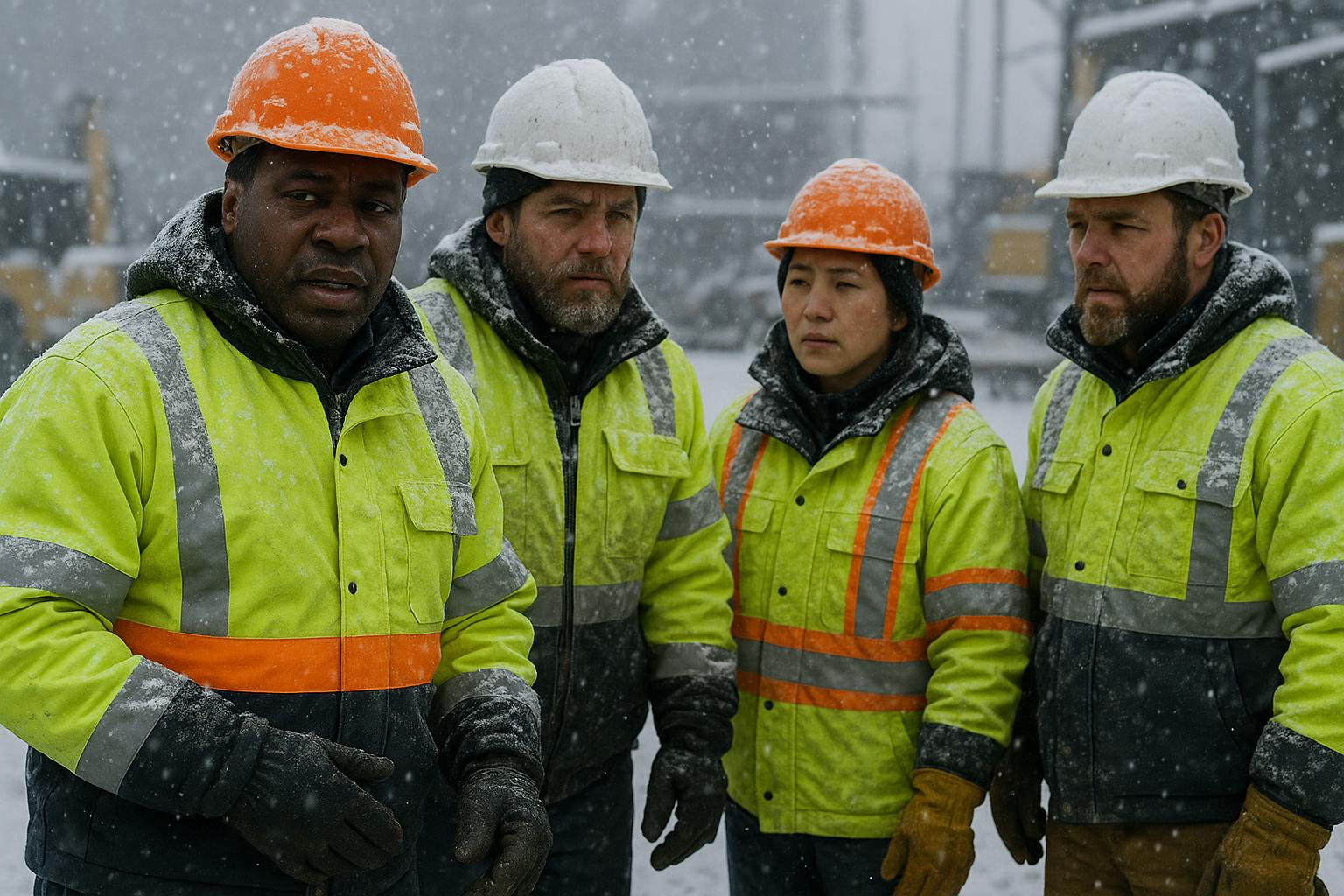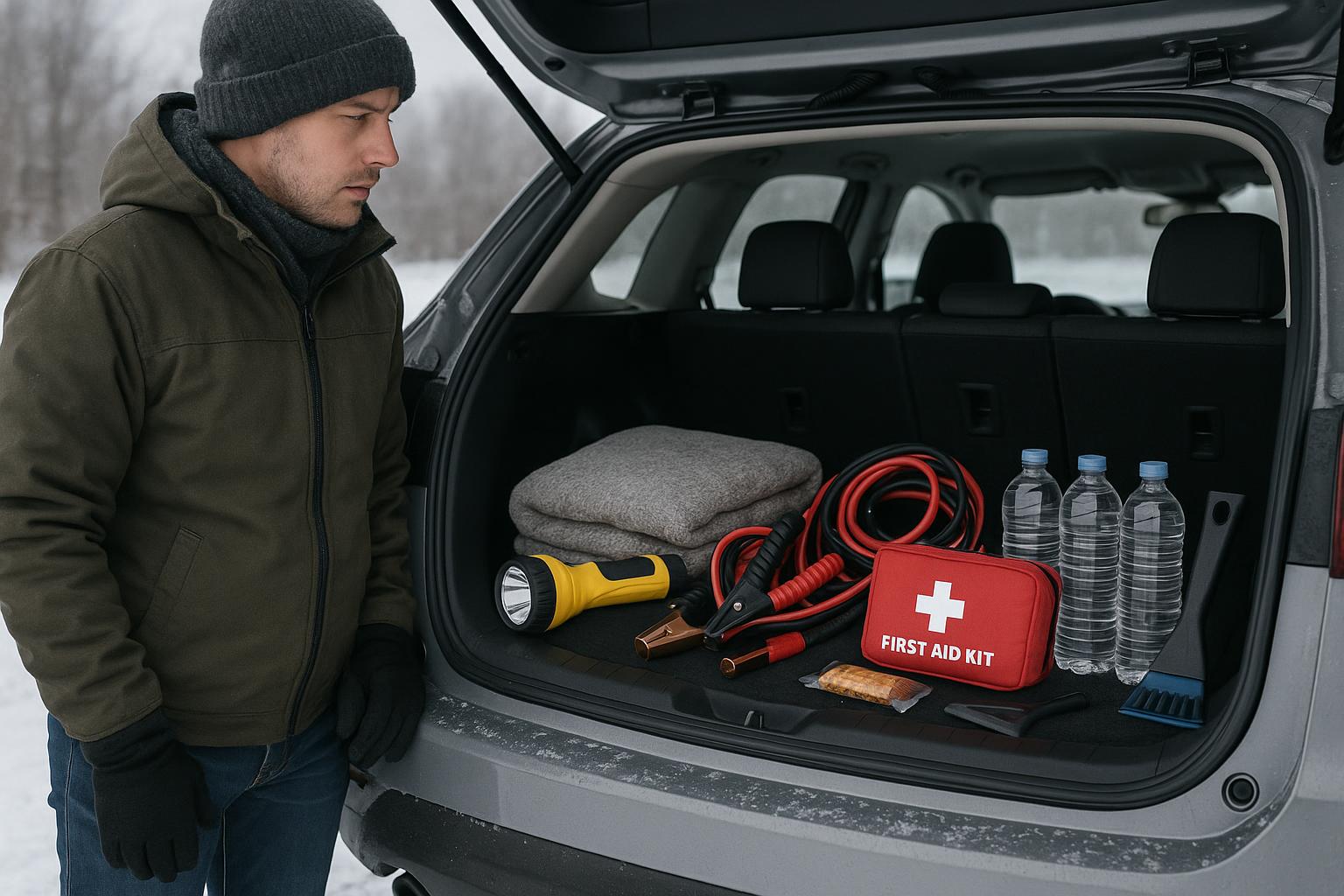Hard Hats
Objects falling from above can pose a serious danger on the job site. It’s important to take this risk seriously, as falling objects can lead to lacerations, traumatic brain injuries and even death. One of the best ways to protect yourself from these risks is through the use of hard hats.
While hard hats are required on the job site, it’s easy to take the protection they offer for granted.
Safety Precautions
The following are some safety precautions to consider when using hard hats:
- Always wear a hard hat when required. To ensure your protection, it’s crucial to wear the right hard hat for the task at hand. When it comes to hard hat safety, it’s important to remember that there are different classes of hard hats:
- Class C (conductive) hard hats do not provide any protection from contact with electrical hazards.
- Class G (general) hard hats provide some protection from contact with low-voltage electrical hazards.
- Class E (electrical) hard hats provide some protection from contact with high-voltage electrical hazards.
- Store hard hats in a secure location. It should be noted that sunlight and heat can weaken hard hats. As such, you should never store hard hats in areas where they are exposed to damaging direct sunlight, like in the back of a car.
- Maintain your hard hat properly. Excessive exposure to paint and cleaning agents can weaken hard hats over time, making proper cleaning and maintenance all the more important. To keep hard hats in good condition, wash them using warm water.
- Follow all manufacturer guidelines related to hard hat usage and replacement. Above all, replace hard hats if there are any signs of damage. Additionally, if the hard hat sustains an impact, you should replace it even if it looks unaffected.
If you have any questions or concerns regarding hard hat safety, talk to your supervisor.
This Safety Matters flyer is for general informational purposes only, and is not intended as medical or legal advice.



